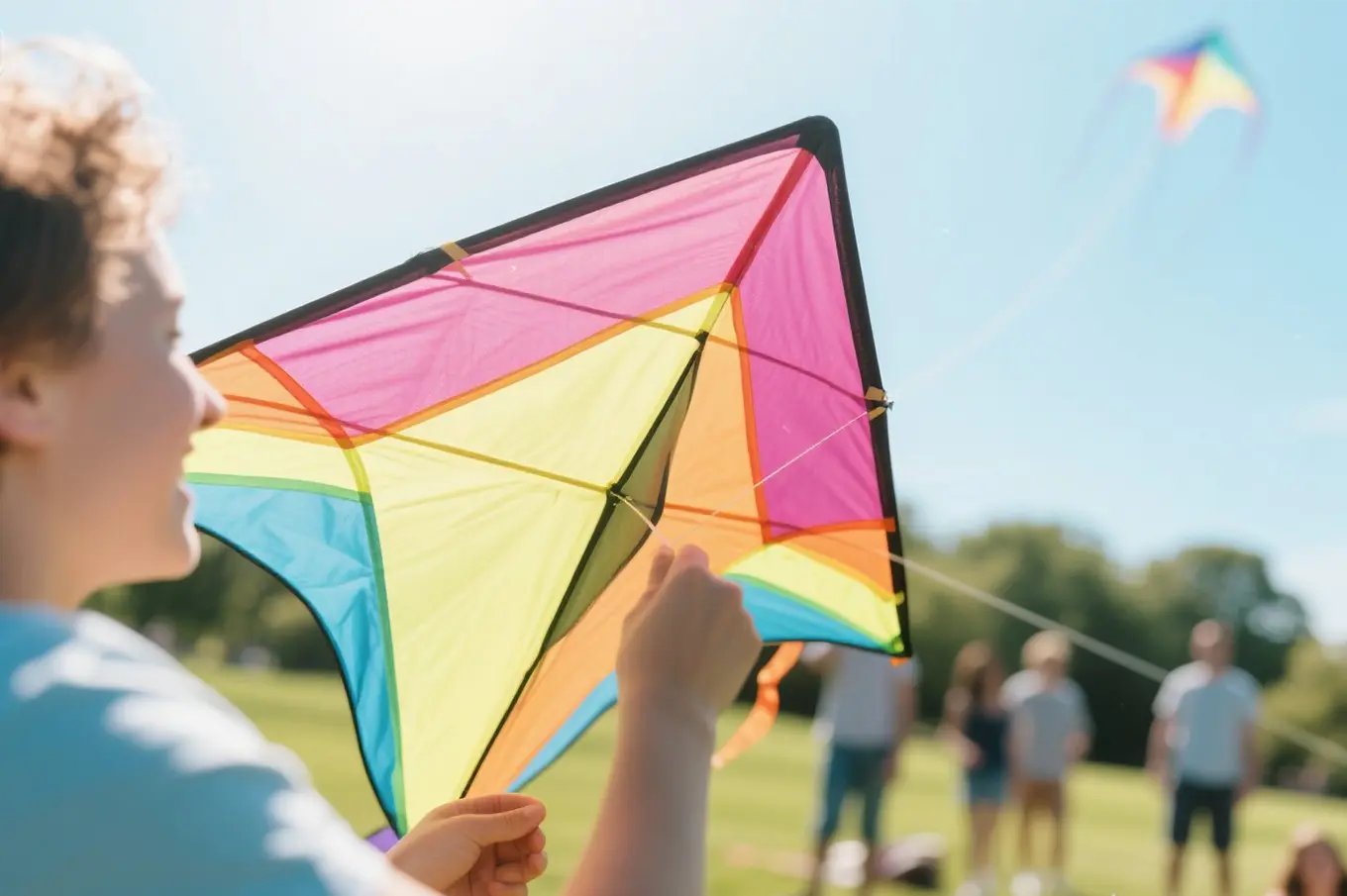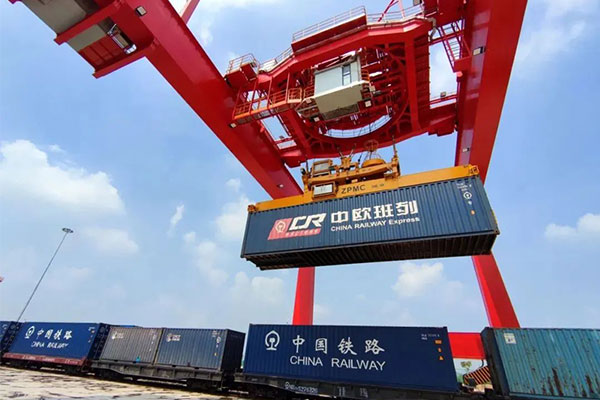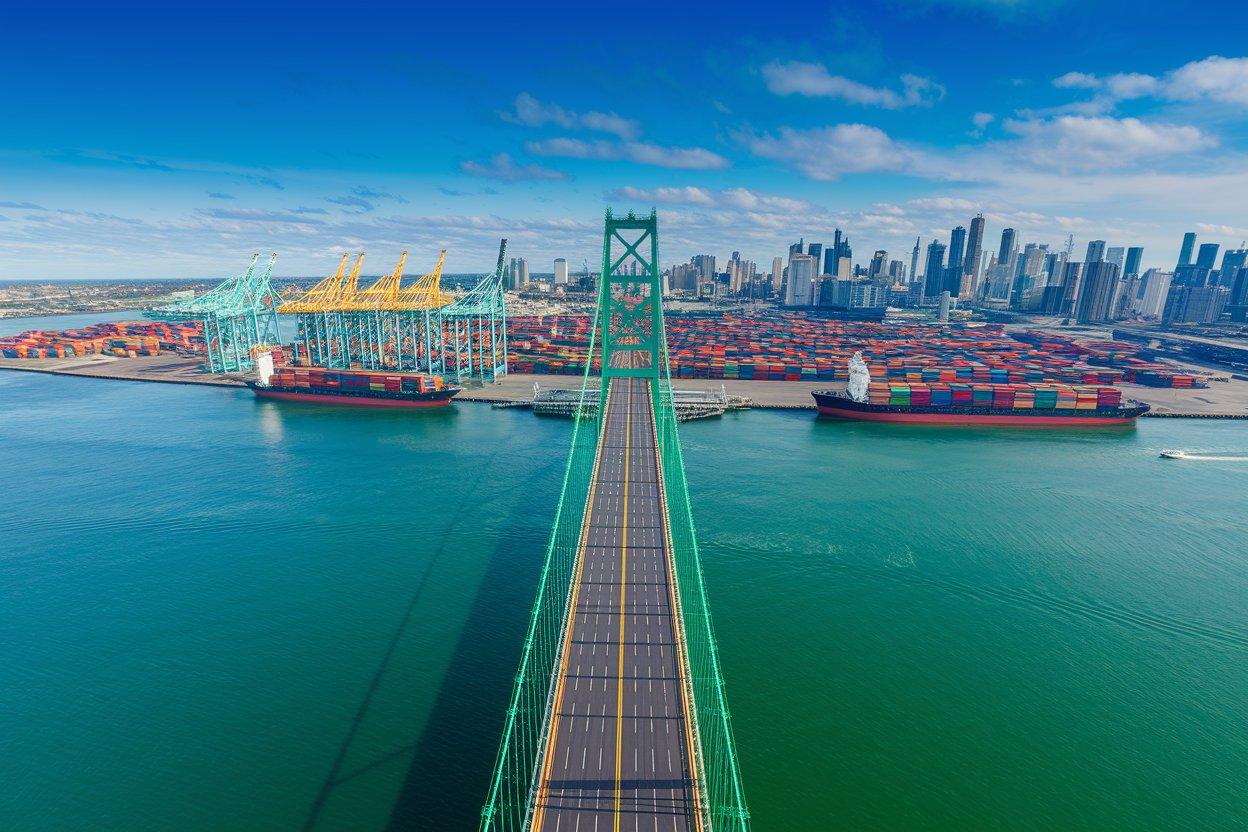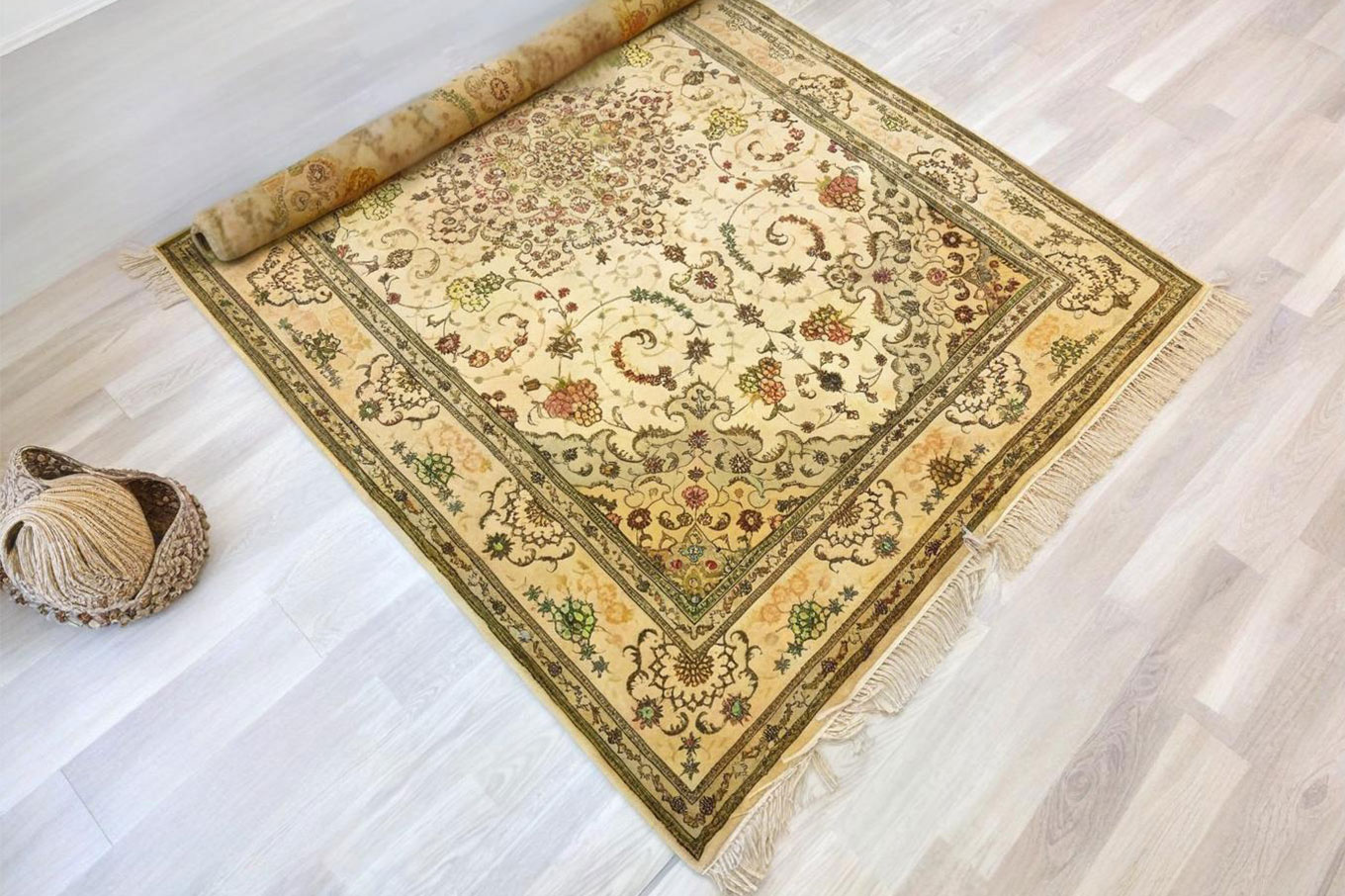- Shanghai Zhongshen International Trade Co., Ltd. - Two decades of trade agency expertise.
- Service Hotline: 139 1787 2118
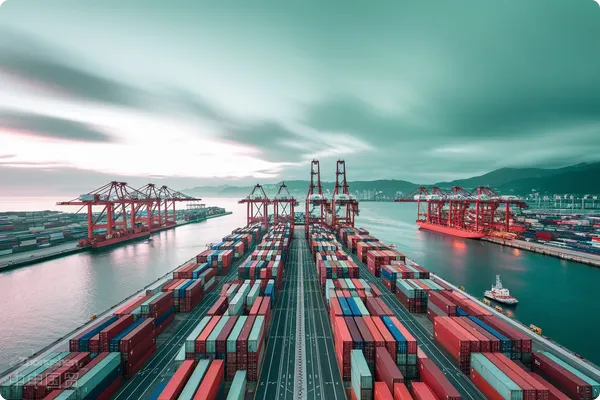
In the context of global trade, Russia, as a vast market, presents opportunities for exporters with its demand for lighting products. However, to successfully export lighting products to Russia, it is essential to understand and comply with a series of export procedures.
I. Basic Commercial Document Preparation
Commercial Invoice
- Commercial invoices are for Russian lightingImport Clearance- A packing list provides detailed information about the packaging of lighting products. It should specify the quantity of items in each package, dimensions, weight, etc. This is crucial for Russian customs to verify that the quantity matches the declaration and to facilitate proper storage arrangements. For example, if the lighting products are fragile, the packing list can include special handling instructions such as Fragile, handle with care.,
Packing List
- Packing lists provide detailed information about the packaging of lighting fixtures. They must indicate the quantity of fixtures in each package, package dimensions, weight, etc. This is crucial for Russian customs to verify that the goods match the declaration and to arrange storage efficiently. For example, if the fixtures are fragile, the packing list can include special packaging notes like Fragile, handle with care.,
- The bill of lading is a critical document for cargo transportation. When exporting lighting products to Russia, the information on the bill of lading must match the commercial invoice and packing list. It outlines the shipping route from the port of origin to the destination port in Russia. Additionally, the details of the shipper (exporter) and consignee (Russian importer) must be accurate; otherwise, the goods may not be released smoothly.
- Bills of lading are important documents for cargo transportation. When exporting lighting fixtures to Russia, the information on the bill of lading must match the commercial invoice and packing list. It shows the transportation route from the port of origin to the destination port in Russia. Additionally, the shippers (exporter) and consignees (Russian importer) information must be accurate; otherwise, the goods may not be cleared smoothly.
- In Russia, lighting products must comply with EAC certification requirements. EAC certification is a mandatory certification in the Eurasian Economic Union, ensuring that products meet unified standards for safety, hygiene, and environmental protection. For lighting products, EAC certification covers tests for electrical safety and electromagnetic compatibility. Exporters must ensure their lighting products pass relevant tests conducted by accredited laboratories and obtain valid EAC certification. Lighting products without EAC certification may be denied entry by Russian customs.
EAC certification
- In Russia, lighting products must comply with EAC certification requirements. EAC certification is a mandatory certification in the Eurasian Economic Union, ensuring that products meet unified standards in safety, hygiene, and environmental protection. For lighting fixtures, EAC certification covers tests like electrical safety and electromagnetic compatibility. Exporters must ensure their lighting products are tested by relevant laboratories and obtain valid EAC certification. Lighting fixtures without EAC certification may be denied entry by Russian customs.
- Russia also has energy efficiency requirements for lighting products. Products must bear energy efficiency labels that comply with Russian standards. These labels provide consumers with clear information about the products energy efficiency rating, power consumption, and other key details. Exporters must ensure their lighting products meet Russian energy efficiency regulations and correctly affix the labels; otherwise, they may face fines or have their goods returned.
- Russia also has energy efficiency requirements for lighting products. Lighting fixtures must have energy efficiency labels that comply with Russian standards. These labels allow consumers to easily understand the fixtures energy efficiency rating, power, and other important information. Exporters should ensure their fixtures meet Russian energy efficiency regulations and correctly affix the labels; otherwise, they may face fines or goods being returned.
Tariff Classification
- Tariff classifications for lighting products in Russia are detailed. Different types of lighting products may be subject to different tariff rates. For example, ordinary incandescent bulbs may have different rates compared to LED lighting. Exporters must accurately classify their products under the Russian customs tariff codes to calculate the correct tariff amounts.
- The tariff classification for lighting fixtures in Russia is detailed. Different types of fixtures may have different tariff rates. For example, ordinary incandescent bulbs may have different tariff rates compared to LED fixtures. Exporters must accurately determine the classification of their fixtures under Russian customs tariff codes based on the specific type and function to correctly calculate the payable tariff amount.
- In addition to tariffs, Russia imposes VAT on imported lighting products. The current standard VAT rate is 20%. VAT is calculated based on the customs value of the goods (including the tariff amount). Exporters must account for this tax in their pricing and inform Russian importers to ensure accurate budgeting for import costs.
– In addition to tariffs, Russia also imposes value-added tax (VAT) on imported lighting fixtures. The current standard VAT rate in Russia is 20%. VAT is levied on the customs value of goods (including tariff amounts). Exporters need to consider this tax cost when quoting prices and should also inform Russian importers to ensure accurate budgeting for imports.
IV. Special Requirements and Precautions
- Lighting products and their packaging must include labeling in Russian. This includes basic usage instructions, safety warnings, and other essential information. For example, for lighting products with special features like dimming capabilities, the Russian labeling must clearly explain how to operate the dimming function. Lack of necessary Russian labeling may affect product sales and usage in the Russian market and could even lead to non-compliance with import requirements.
– Lighting products and their packaging must include certain Russian-language labeling. This includes basic usage instructions, safety warnings, and other essential information. For example, for lighting fixtures with special functions such as dimmers, the Russian labeling must clearly explain the dimming operation methods. Lack of necessary Russian labeling may affect product sales and usage in the Russian market and could even be deemed non-compliant with import requirements.
- When drafting trade contracts for exporting lighting products to Russia, exporters must pay special attention to certain clauses. These include delivery timelines and locations, quality assurance terms, and dispute resolution methods. Clear delivery timelines and locations can prevent unnecessary disputes during transportation. Quality assurance terms should specify product standards and warranty periods to protect the interests of both parties. Dispute resolution methods, such as international arbitration, can ensure effective resolution in case of trade disputes.
– When signing trade contracts for exporting lighting fixtures to Russia, exporters need to pay special attention to certain clauses. These include delivery time and location, quality guarantee terms, and dispute resolution methods. Clear delivery times and locations can prevent unnecessary disputes during transportation. Quality guarantee terms should explicitly specify product quality standards and warranty periods to protect the rights of both parties. Dispute resolution methods may include international arbitration to ensure effective resolution in case of trade conflicts.
To successfully export lighting fixtures to Russia, exporters need to comprehensively and meticulously handle the aforementioned export procedures, ensuring all documents are accurate, products meet various certifications and requirements, and trade contracts are well-arranged. Only in this way can the Russian lighting market be smoothly developed, achieving mutually beneficial trade goals.
Related Recommendations
? 2025. All Rights Reserved. Shanghai ICP No. 2023007705-2  PSB Record: Shanghai No.31011502009912
PSB Record: Shanghai No.31011502009912
